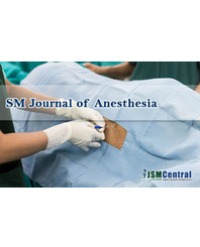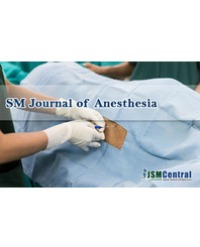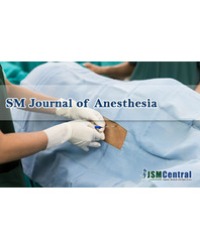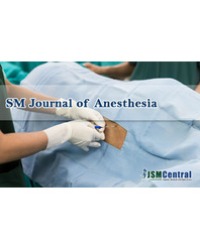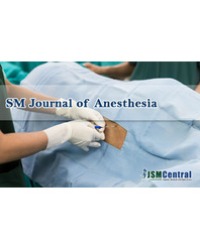
Heparin Resistance and Management in Congenital Heart Surgery: Case Report
Anticoagulation for cardiopulmonary bypass is maintained with heparin. The primary mechanism of action of this drug is the activation of antithrombin III, which prevents thrombin transformation from prothrombin. Thus, it reduces the formation of clot. However, in some cases, despite a standard heparin dose, the intended active coagulation time cannot be obtained which is known as heparin resistance. Heparin resistance occurs in up to 22% of patients undergoing cardiac surgery requiring cardiopulmonary bypass and it is associated with decreased levels of antithrombin. Heparin resistance, although seen rare, can occur in varying severity in clinic. Treatment options for heparin resistance include administration of antithrombin or fresh frozen plasma. In this case presentation, we have reported the strategy for a planned pulmonary artery reconstruction operation under cardiopulmonary pypass in a patient that we could not maintain the adequate ACT levels despite a cumulative dose of 12 mg/kg heparin and 20 ml/kg fresh frosen plasma transfusion.
Dilek Altun¹*, Adnan Yüksek¹, Ahmet Arnaz², Yusuf Kenan Yalçınbaş³, and Tayyar Sarıoğlu⁴

